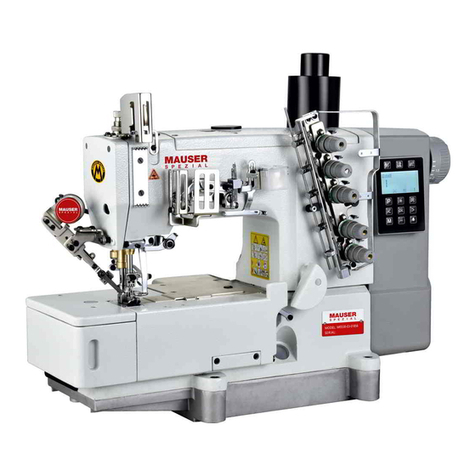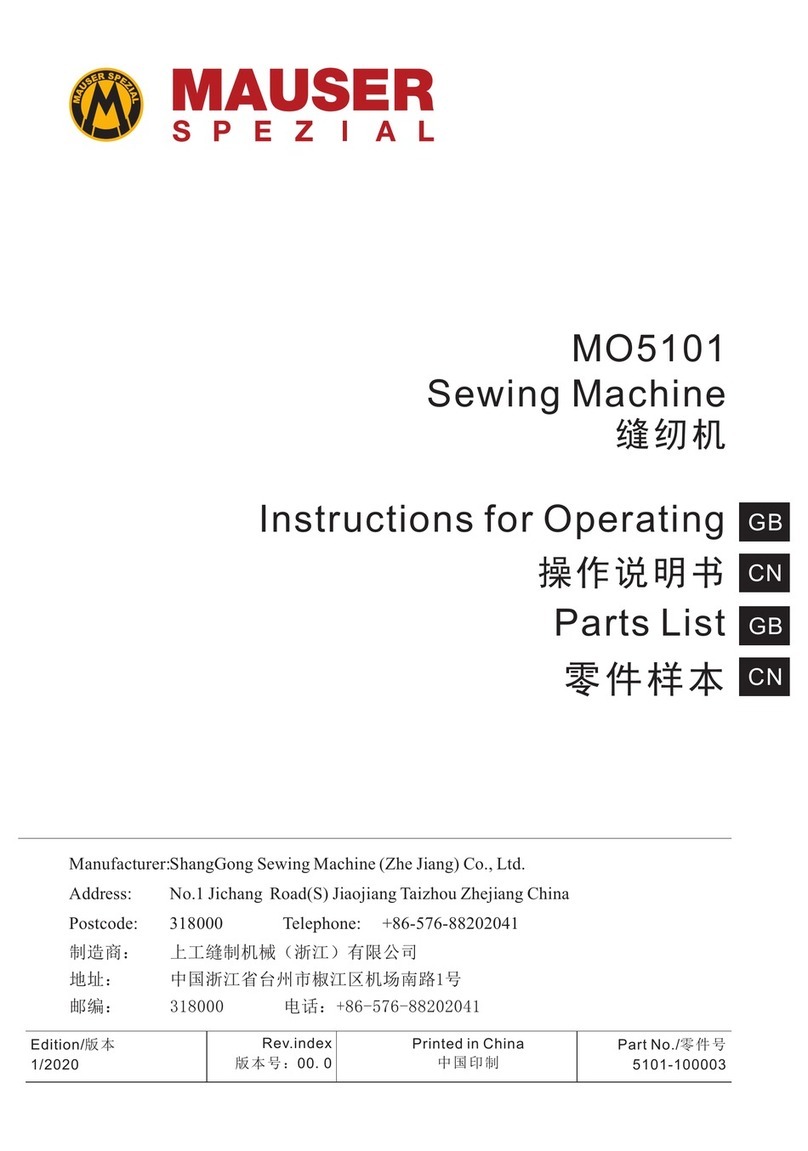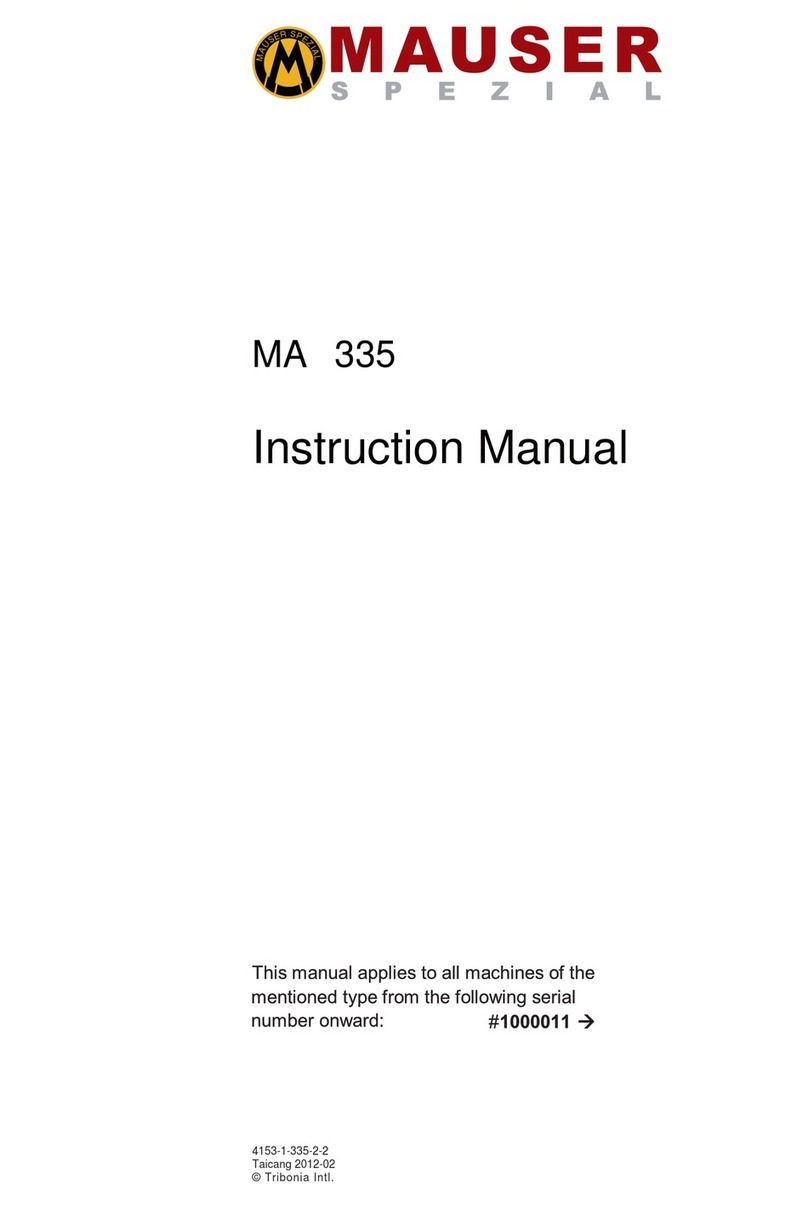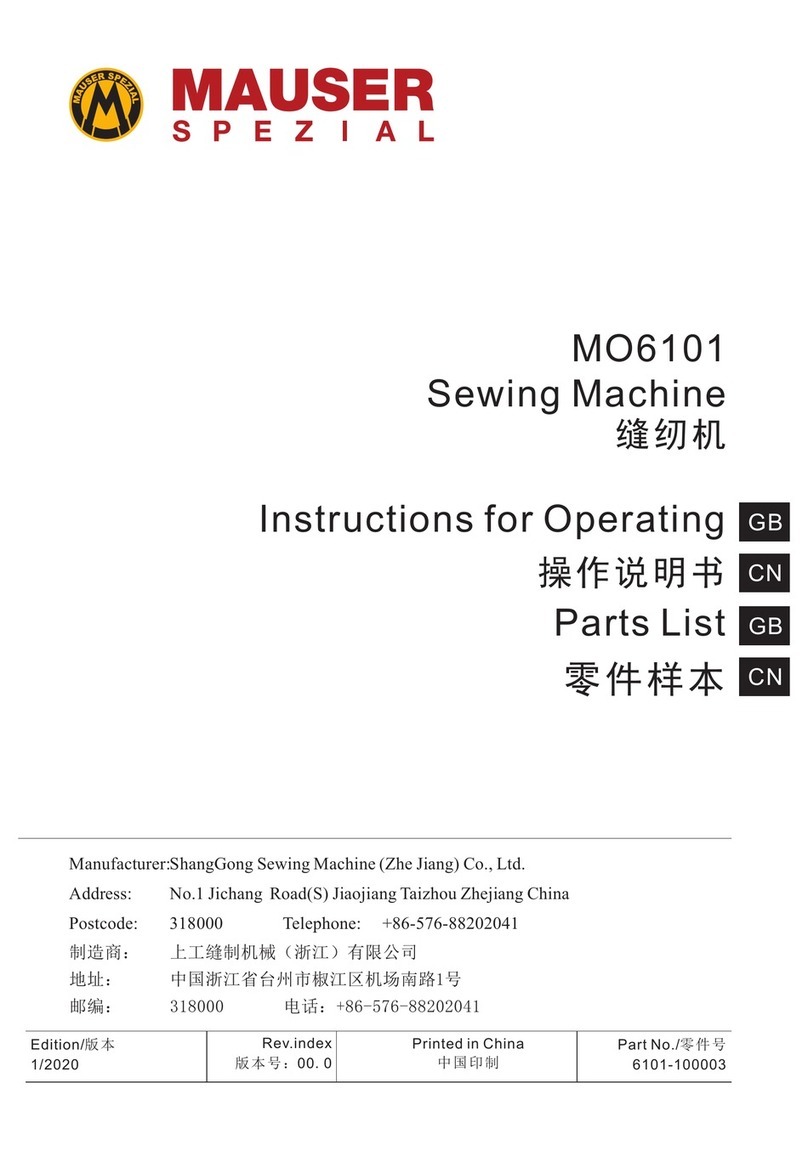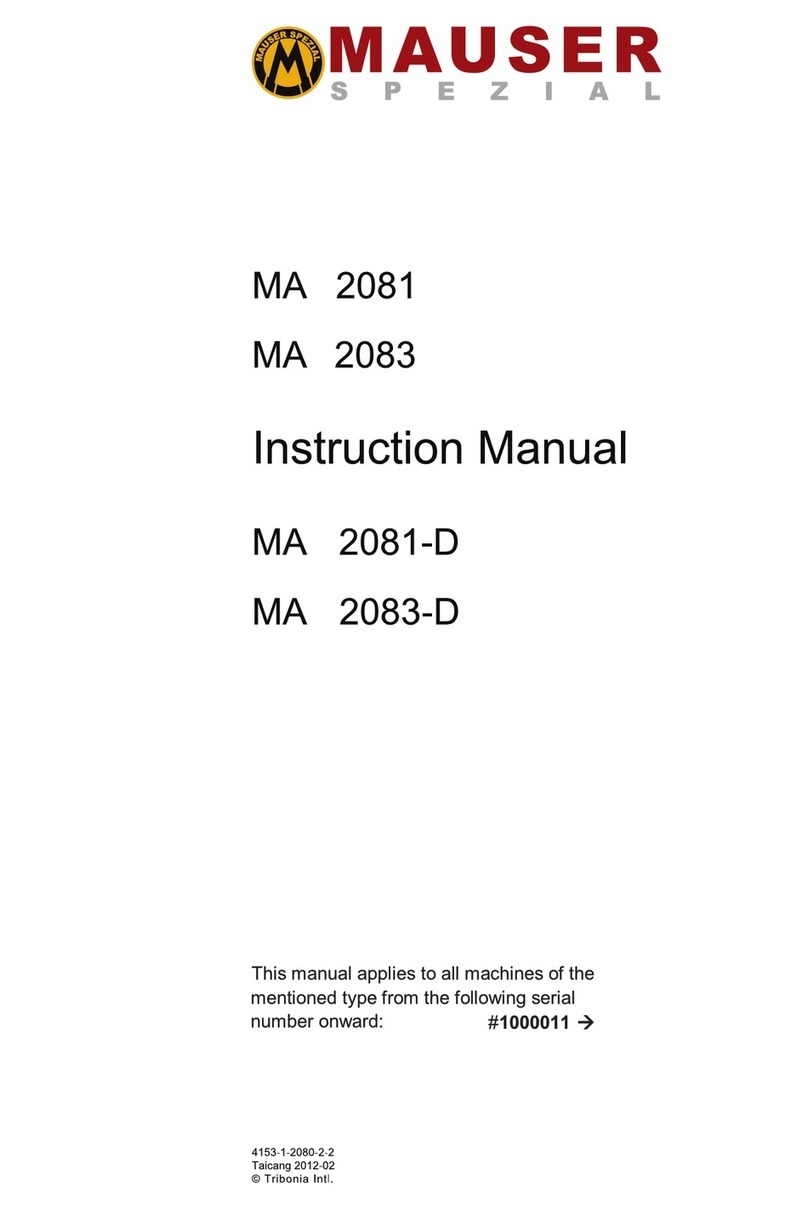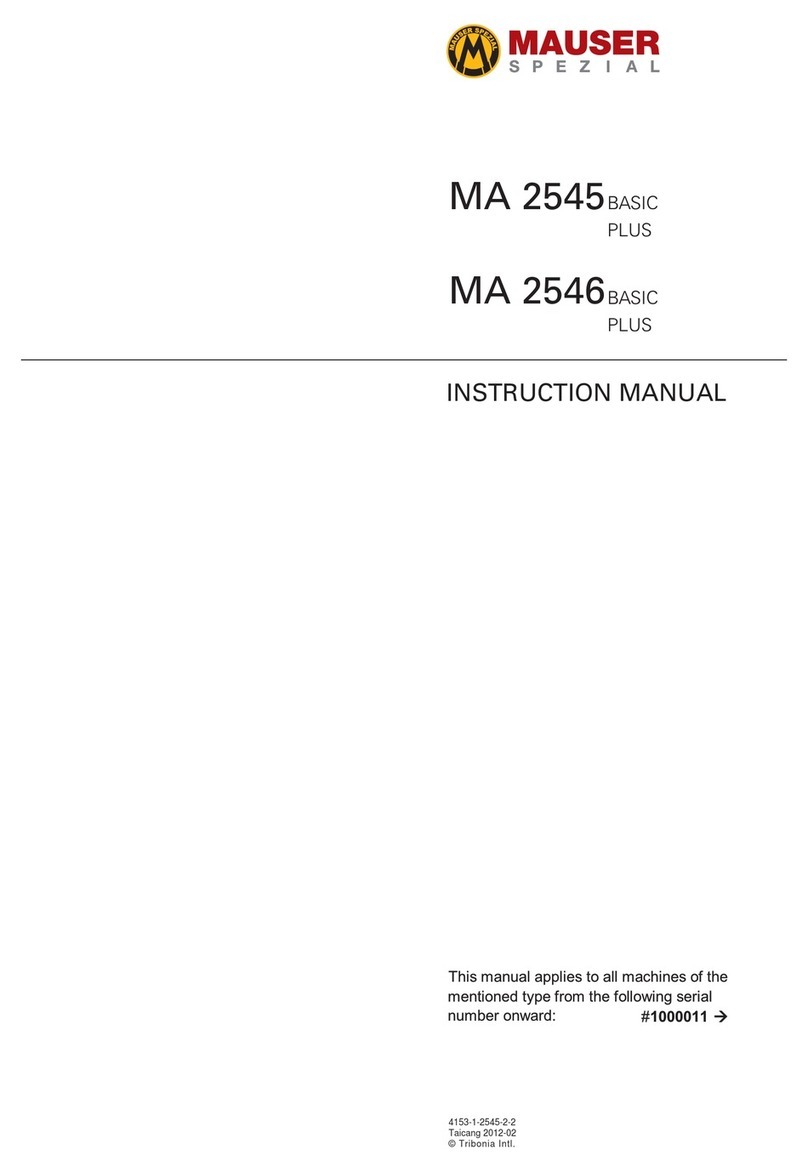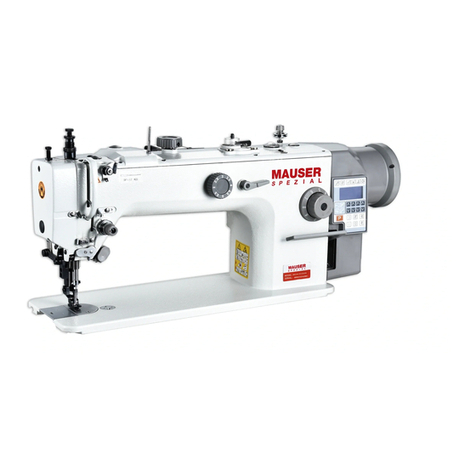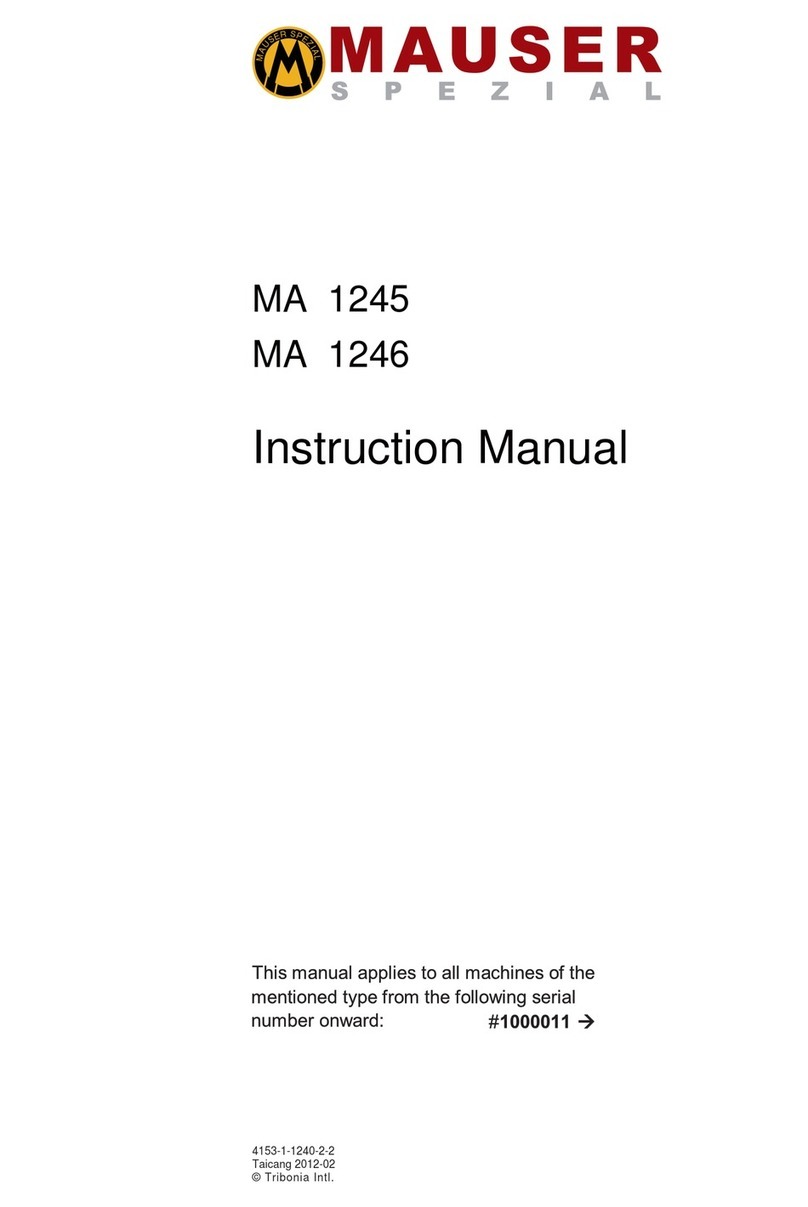Index
Contents ..................................................................................Page
13 Adjustment ........................................................................................................................... 5
13.01 Notes on adjustment ....................................................................................................... ...... 5
13.02 Tools, gauges and other accessories for adjusting ............................................................... 5
13.03 Abbreviations ............................................................................................................. ............ 5
13.04 Explanation of the symbols................................................................................................ .... 5
13.05 Adjusting the basic machine ............................................................................................... ... 6
13.05.01 Positioning the feed dog across the direction of sewing ....................................................... 6
13.05.02 Positioning the feed dog in the direction of sewing .............................................................. 7
13.05.03 Height of the bottom feed-dog ......................................................................................... .... 8
13.05.04 Pre-adjusting the needle height ........................................................................................ ..... 9
13.05.05 Centering the needle in the needle hole.............................................................................. 10
13.05.06 Lifting motion of the bottom feed-dog . ............................................................................... 1 1
13.05.07 Driving motion of the bottom and top feeds........................................................................ 12
13.05.08 Hook-to-needle clearance, needle rise, needle height and needle guard ........................... 13
13.05.09 Top-feed stroke ........................................................................................................ ............ 15
13.05.10 Lifting motion of the top feed ........................................................................................ ..... 16
13.05.11 Bobbin-case opener .................................................................................................... ........ 17
13.05.12 Safety clutch .......................................................................................................... .............. 18
13.05.13 Needle thread tension release.......................................................................................... ... 19
13.05.14 Thread check spring .................................................................................................... ......... 20
13.05.15 Thread check spring .................................................................................................... ......... 21
13.05.16 Bobbin winder.......................................................................................................... ............ 22
13.05.17 Presser-foot pressure.................................................................................................. ......... 23
13.06 Adjusting the thread trimmer -900/56 ................................................................................. 24
13.06.01 Pre-adjusting the control cam ......................................................................................... .... 24
13.06.02 Tripping lever......................................................................................................... ............... 25
13.06.03 Pawl .................................................................................................................. .................. 26
13.06.04 Engaging solenoid...................................................................................................... .......... 27
13.06.05 Release trip .......................................................................................................... ............... 28
13.06.06 Engaging lever ......................................................................................................... ............ 29
13.06.07 Linkage rod ........................................................................................................... .............. 30
13.06.08 Final adjustment of the control cam .................................................................................... 31
13.06.09 Catch ................................................................................................................. .................. 33
